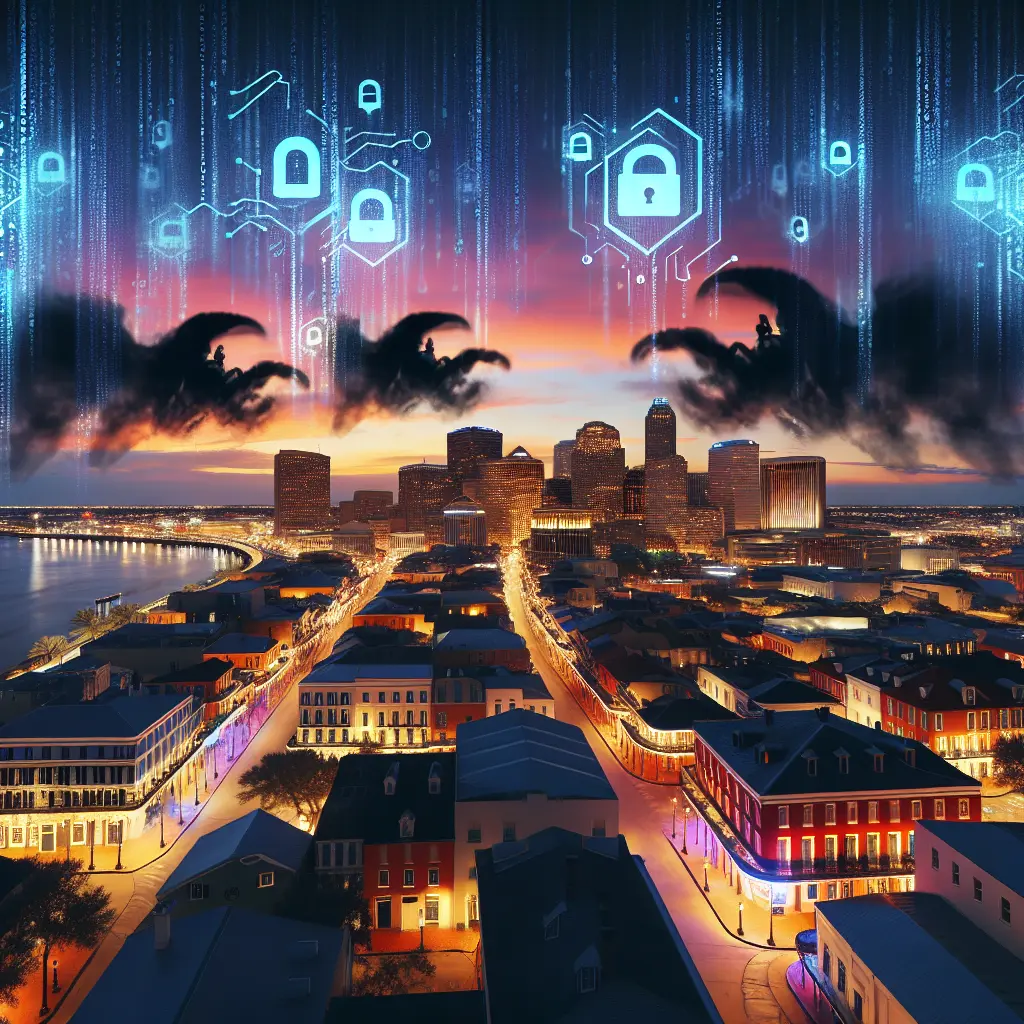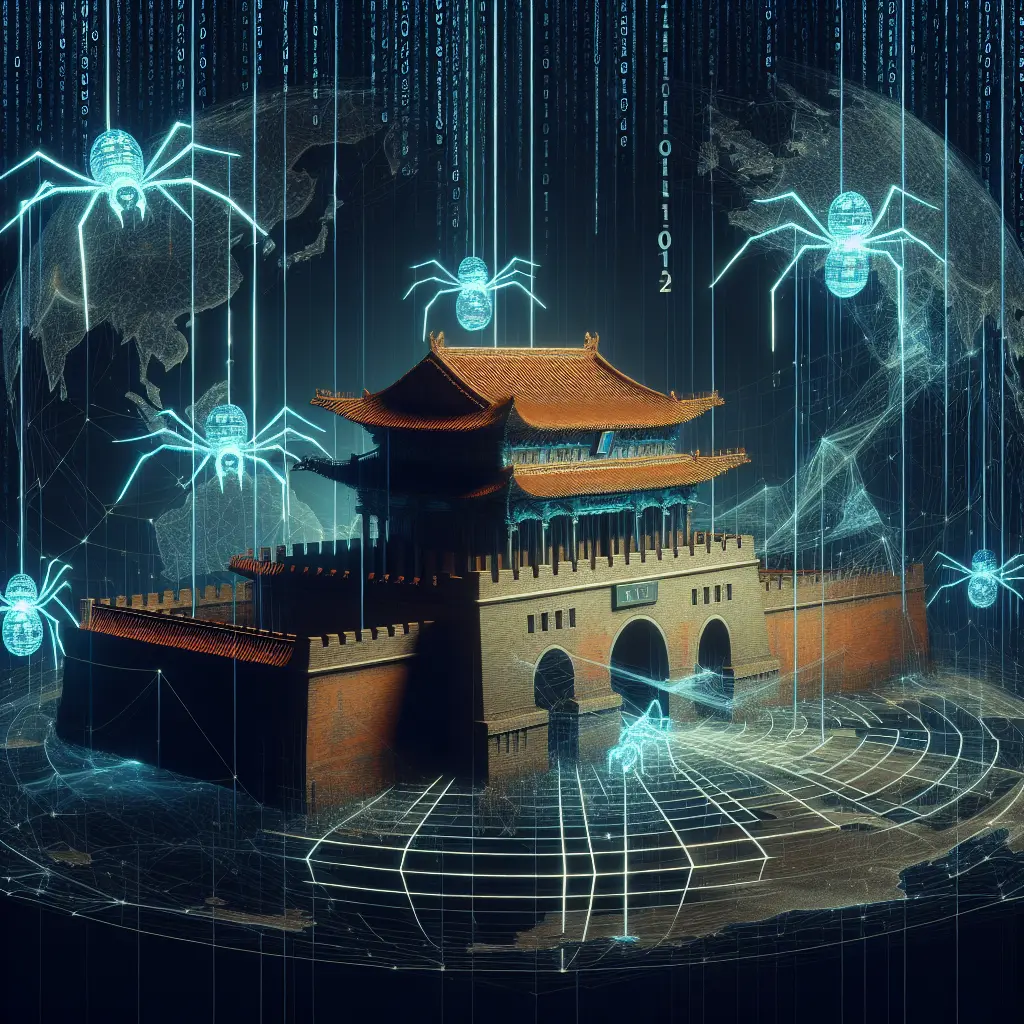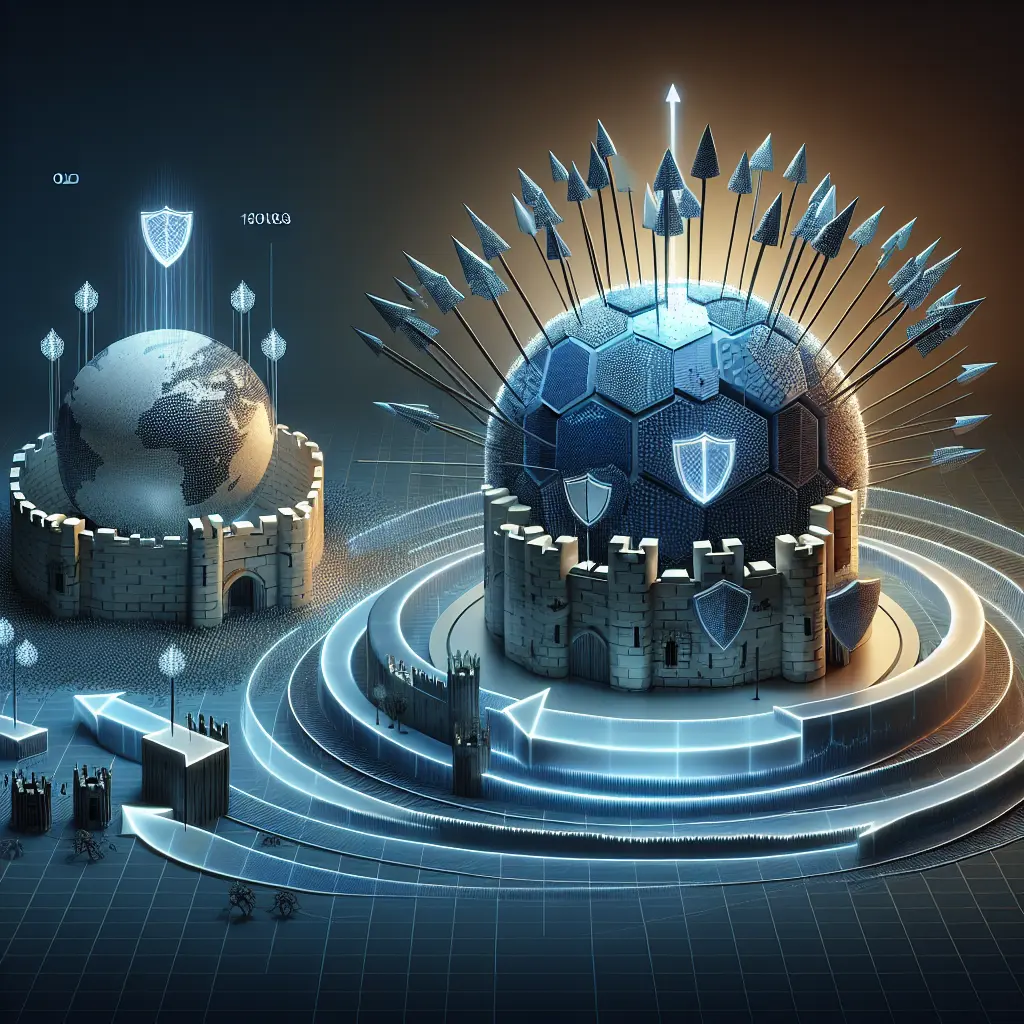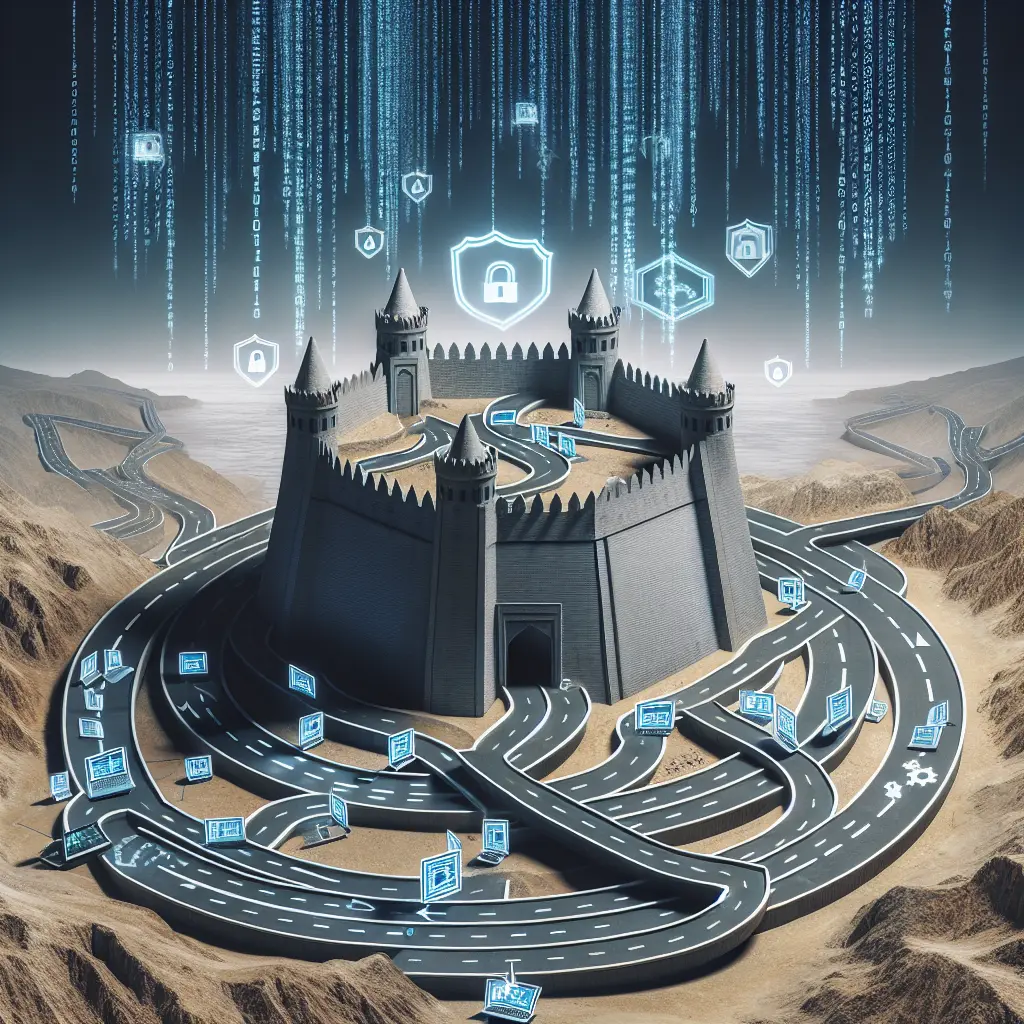In an age where digital connectivity is both a boon and a bane, the threat of cyberterrorism looms larger than ever.
The recent attack in New Orleans serves as a stark reminder of the vulnerabilities inherent in our increasingly connected world. This tragic event, executed by an ex-Army veteran radicalized online, underscores the dangers posed by cyberterrorism as extremist groups continue to weaponize digital platforms.
The Modern Face of Terrorism
Cyberterrorism is no longer a distant threat on the horizon; it's a clear and present danger that can have devastating real-world consequences. Unlike traditional forms of terrorism, which often require physical resources and coordination, cyberterrorism leverages the power of the internet to recruit, radicalize, and coordinate attacks with alarming speed and efficiency.
Key Characteristics of Cyberterrorism:
Key Characteristics of Cyberterrorism
Rapid Radicalization: Individuals can be swiftly influenced by extremist ideologies through online propaganda, making it easier for terrorist organizations to expand their reach.
Anonymity and Accessibility: The internet provides a veil of anonymity, allowing terrorists to operate under the radar and communicate securely across borders.
Technological Sophistication: Cyberterrorists exploit technological tools and platforms to carry out their agendas, often staying a step ahead of traditional security measures.
The New Orleans attack offers crucial lessons for governments, businesses, and individuals alike:
Lessons Learned from the New Orleans Attack
Strengthen Cyber Defenses: It's imperative for both public and private sectors to bolster their cybersecurity infrastructure to prevent breaches that could facilitate acts of terrorism.
Enhance Intelligence Sharing: Agencies must collaborate more effectively to share intelligence on potential threats, enabling quicker identification and neutralization of cyberterrorist activities.
Promote Digital Literacy: Educating the public about the risks of online radicalization can help mitigate the spread of extremist content and protect vulnerable individuals from falling prey to radical ideologies.
In combating cyberterrorism, a multi-pronged approach is essential. Collaboration between nations, robust cybersecurity practices, and public awareness are crucial in stemming the tide of digital extremism. While technology has made the world smaller and more interconnected, it also demands that we remain vigilant against those who would use it for harm.
For those looking to dive deeper into the topic, I recommend checking out the full article for more insights: Cyberterrorism Unmasked: Lessons From The New Orleans Terror Attack.
Moving Forward
In conclusion, as we navigate this complex digital landscape, it's crucial to remember that while technology can be a tool for progress and connection, it can also be used to sow chaos and destruction. Let's work together to ensure it remains a force for good.









Leave a Comment